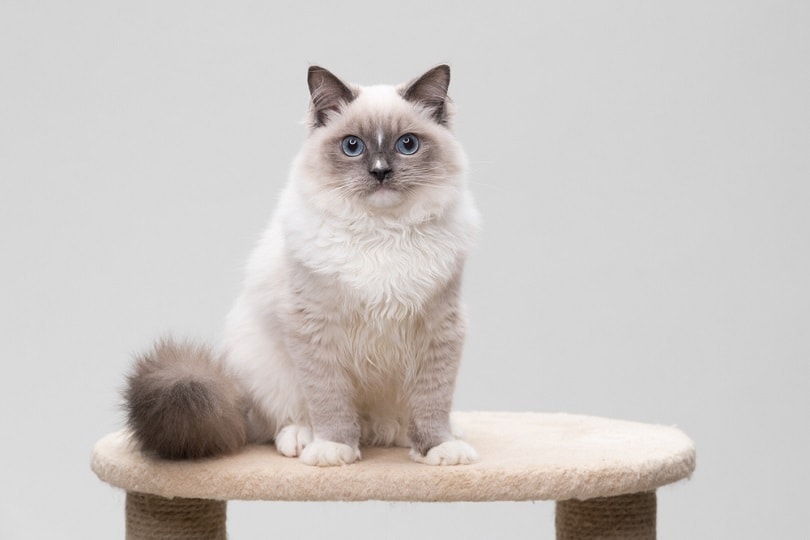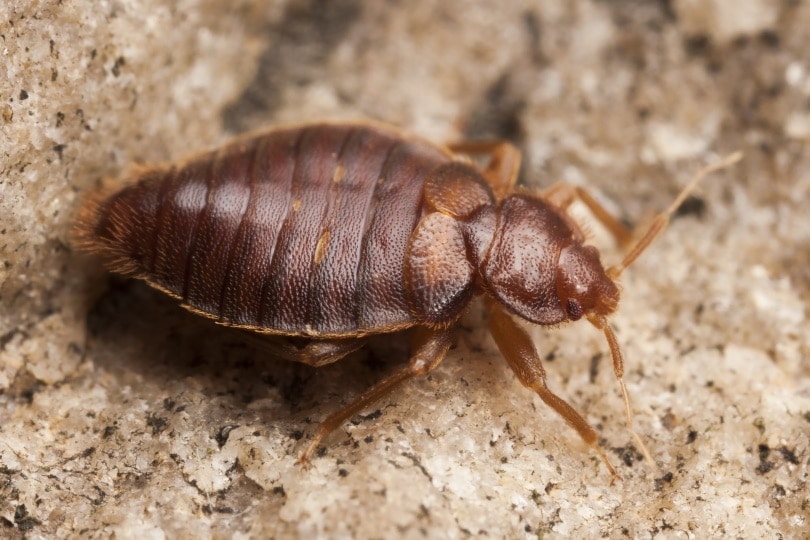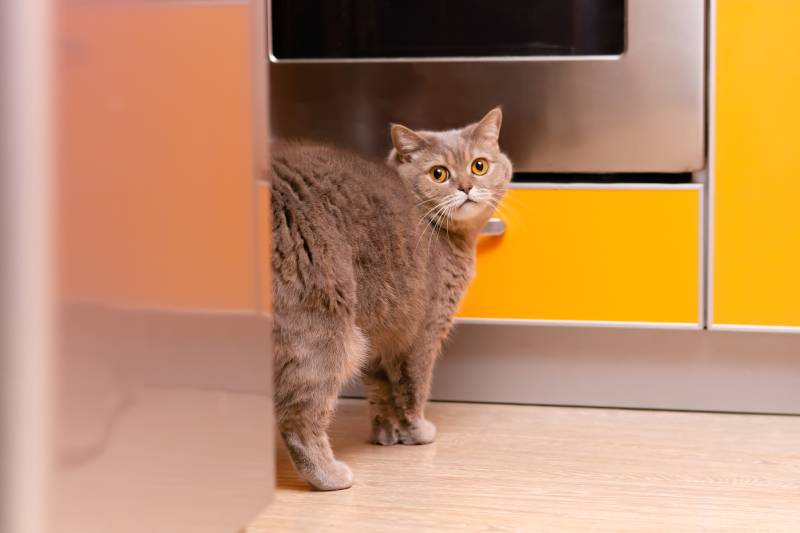Why Do Cats Love String So Much? 6 Reasons for This Behavior
By Oliver Jones
Updated on
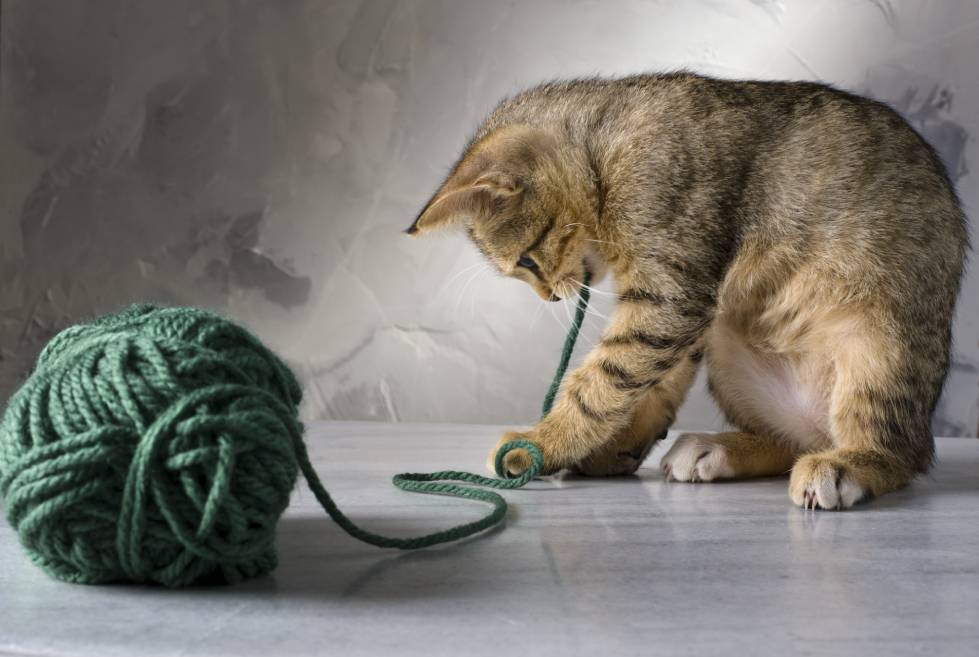
Cats are instinctive hunters and love to chase toys around. While most owners have been left disappointed in the lack of attention a new toy receives, most of us have also been fascinated, if a little concerned, about how much joy they get from something as simple as a piece of string.
Contrary to how you might feel when there’s an expensive scratching post going unused in the corner, your cat does not play with string simply as a means to annoy you. They get a lot of mental and physical stimulation from throwing the string and chasing it, which closely mimics the act of hunting.
Read on to see why your cat loves playing with a simple piece of string and whether it is a safe toy.
The 6 Reasons Why Cats Love String So Much
1. A Cat’s Vision Is Sensitive to Motion
A cat’s eyesight is not as good as a person’s, at least when it comes to static items. Their eyesight is highly sensitive to motion, which is why owners are left dumbfounded when their cats seem to miss a treat on the floor right in front of them.
If you are pulling the string or twitching it on the end of a stick, it will catch your cat’s attention, and it will encourage them to run around and chase it. Even if you don’t twitch the string, your cat can easily pick it up and throw it about, mimicking the movement of a small animal.
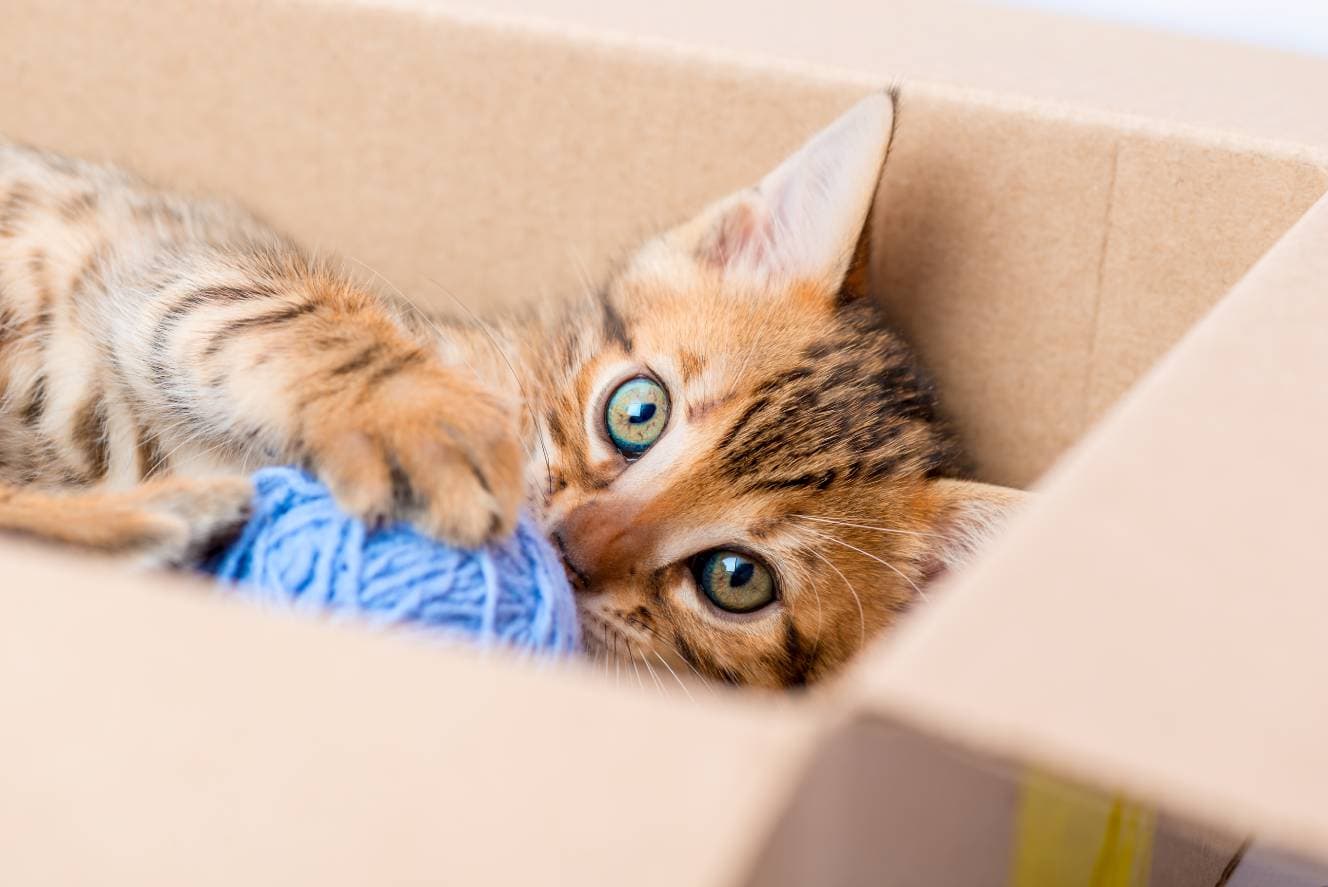
2. They Are Instinctive Hunters
Cats are hunters. In the wild, they would have hunted rodents and small animals. Depending on where they lived and what was available, they may also have eaten insects and other critters. Since the domestic cat only has to hunt a food bowl to get food, it leaves some basal instincts unsated.
A piece of string is small and easy to throw around. It twitches and mimics many of the movements that a small animal would exhibit when trying to escape.
3. They Love to Play
Most cats are fun-loving little animals that are curious and playful. Your cat is likely to be tens of generations away from being wild, and they lack some of the natural hunting instincts of their ancestors, but one of the domestic cat’s greatest pastimes is to play.
That is why they push objects off tables and chase after them. It is why some playful cats will instigate play sessions with you, the kids, and even the dog.
Our Favorite Cat Toys Here are a few of our favorite cat toys, each caters to various types of play your cat might like the best.
Hepper Catnip Stick
Hepper Whale Plush
Hepper Furball Set
Contains Catnip
Safe for KIttens
Self-play
All-Natural
Washable
4. They Like to Claw It
Cats are also very tactile, and they are armed with claws that are highly adept at latching onto and holding items. The string might be thin, but it’s easy to grab and hold onto.
5. It Stimulates the Mind
Because they are playful and energetic creatures, cats can become very easily bored. When they become bored, it can lead to antisocial and unwanted behavior, such as clawing at furniture or carpets or even attacking you and the other members of your family.
Watching, stalking, preying, and hunting little objects like pieces of string not only stimulates the body and helps keep your cat physically healthy but also stimulates their mind and gives them something to do. This can prevent boredom and help your cat stay young and fit.
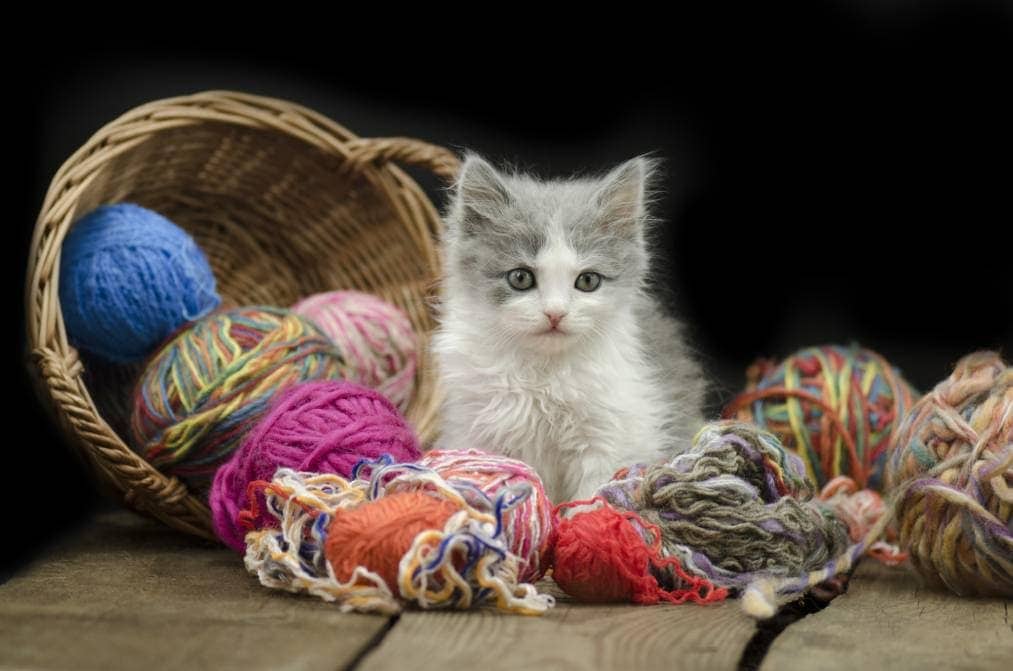
6. It’s Like a Tail
Most feline instincts come down to hunting, and that tiny piece of string may look similar to the tail of their prey or at least another cat’s tail. When they see the string moving around, they instinctively pounce on it because the tail would usually be the last section of their prey and the easiest thing to get hold of.
 Should I Let My Cat Play with String?
Should I Let My Cat Play with String?
Just because your cat enjoys chasing pieces of string does not necessarily mean you should allow it. Although it is a tempting toy to play with, a piece of string can harm your cat in several ways. For a start, if the string is long, your cat can become entwined in it. It could get caught around the neck or a leg, and it could cause serious damage.
If the cat swallows the string, it could cause a blockage that may require surgery to remove. Supervising your pet when they play with string is crucial to ensure they stay safe.
What To Do If Your Cat Swallows String
In most cases, your cat will pass the string painlessly, usually within a period of between 10 and 24 hours. However, there are complications associated with ingesting string. Closely monitor your cat, especially the first few hours after the event. Look for signs of constipation or stomach pain; if your cat shows any symptoms, contact a veterinarian and ask what to do.
It is vital if you see the string poking out of your cat’s mouth or anus that you do not attempt to pull it free yourself. It could cause a severe injury. It is unlikely that the string will dislodge by itself, so you must call a vet if it occurs.
 Why Do Cats Love String So Much?
Why Do Cats Love String So Much?
Cats love string because it is fun to play with, can mimic hunting, and the movement of the string catches your cat’s attention. While it can benefit your cat to play with yarn or other types of stringy objects, you should monitor them when they play with them. If your cat swallows string, keep a close eye on them to look for signs of a blockage, and always have a pair of scissors on hand to cut the string free if it gets caught around the neck, leg, or another part of the body.
See Also:
- My Cat Ate String but Is Acting Normal, What Should I Do?
- Why Do Cats Like Hair Ties? 6 Likely Reasons
Featured Image Credit By: Noam Armonn, Shutterstock




 Should I Let My Cat Play with String?
Should I Let My Cat Play with String?